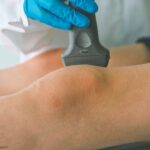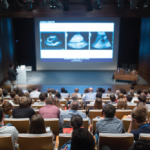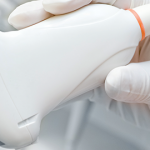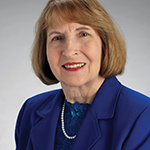In both cases, I noticed how deliberate practice was transforming their habits into expertise. When I discussed with them the practical challenges of musculoskeletal ultrasonography, they relayed that it is not simply about scanning hundreds of joints, but about scanning each one with feedback, reflection and refinement. Joel and Vandana showed me that no matter the stage of career, the principles of mastery remain the same: sustained effort, honest self-assessment and an insatiable hunger for growth. They both practiced with intense intention, critique and adaptation.
Interestingly, their contrasting trajectories underscore another key feature of mastery—its independence from age or status. Mastery may seem like an old-fashioned, class-based term but mastery is, at its root, democratic. Mastery doesn’t reward tenure inasmuch as tenacity. Joel’s youth did not disqualify him from striving for greatness, just as Vandana’s seasoned career did not preclude reinvention. In both cases, their journeys emphasize that expertise is available to anyone willing to work for it, regardless of background, schedule or starting point. We all start as novices and, so long as we have the motivation, we can all—under the right circumstances, of course—become masters.
Mastery & Humility
That brings us to the paradox of mastery and humility. When I had talked with the master sonographers, they didn’t see themselves as anything special. Moreover, they almost preternaturally pivoted to talking about the frontiers of ultrasound in rheumatology, and excitedly talked about how they could become more fluent in that.
As far as I could tell, these displays of humility were not expressions of false modesty but instead a recognition of the vastness of the unknown. There is always another master to look up to and, probably, even the master of masters (the final boss) is looking up to their future self. The horizon keeps on expanding and with it, so too does the master’s sense of wonder. This kind of humility is self-replicative.
This humility also bleeds into curiosity. The masters I met were the most inquisitive, asking questions about emerging technologies, novel protocols and freely admitting mistakes that they had committed in the past. They were not threatened by the new but energized by the possibilities for the future. Dr. Wolfgang Schmidt, who first described the halo sign in giant cell arteritis, exemplified this by excitedly bringing up questions about how newer vascular ultrasound modalities may revolutionize our care of vasculitis.
Perhaps most beautifully, humility breeds generosity. The masters didn’t need to be there. They probably could have made a fortune elsewhere, but they chose to teach, share tricks and guide hands. They demonstrated how mastery is a gift to share with the rest of the world.



